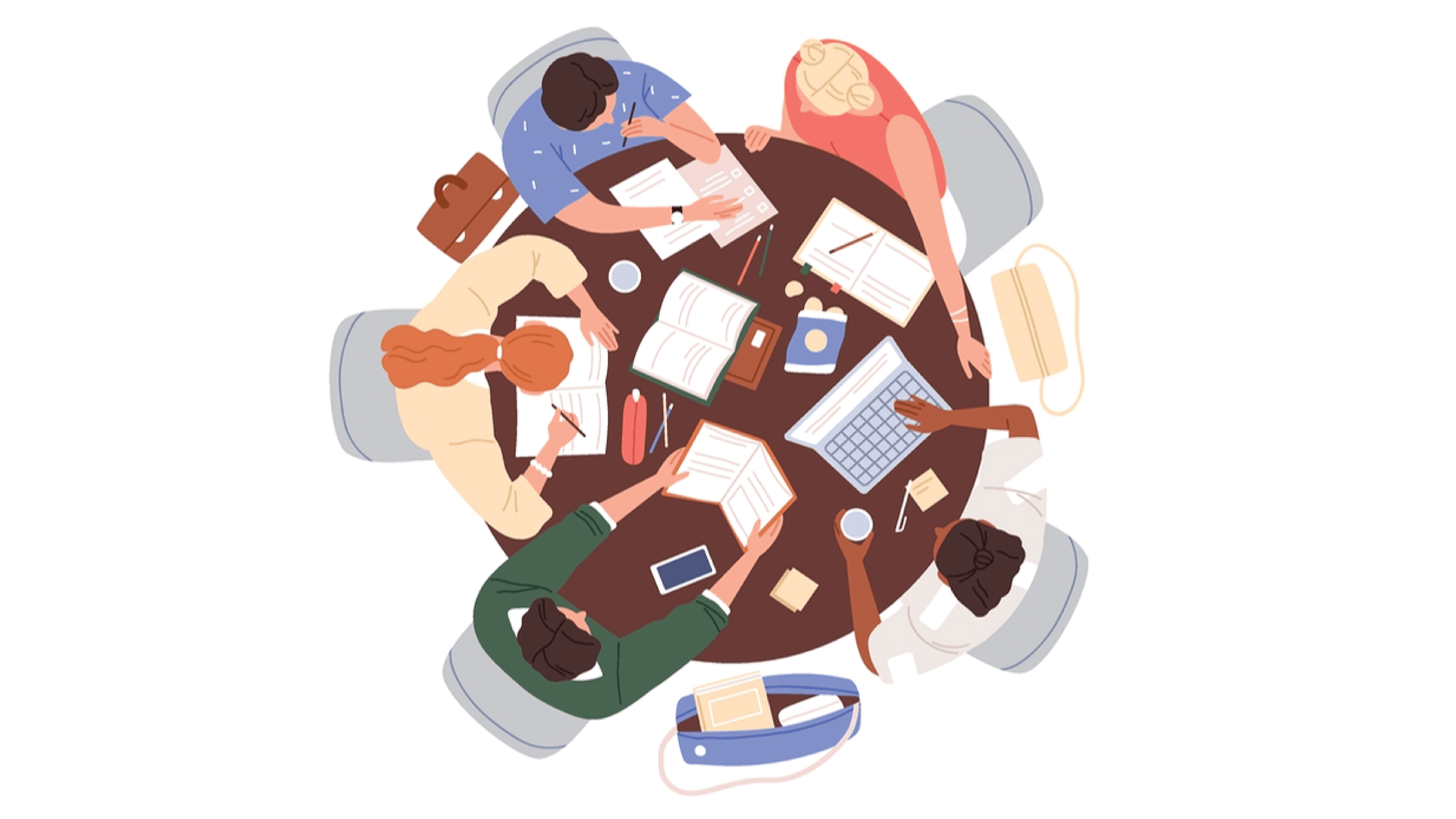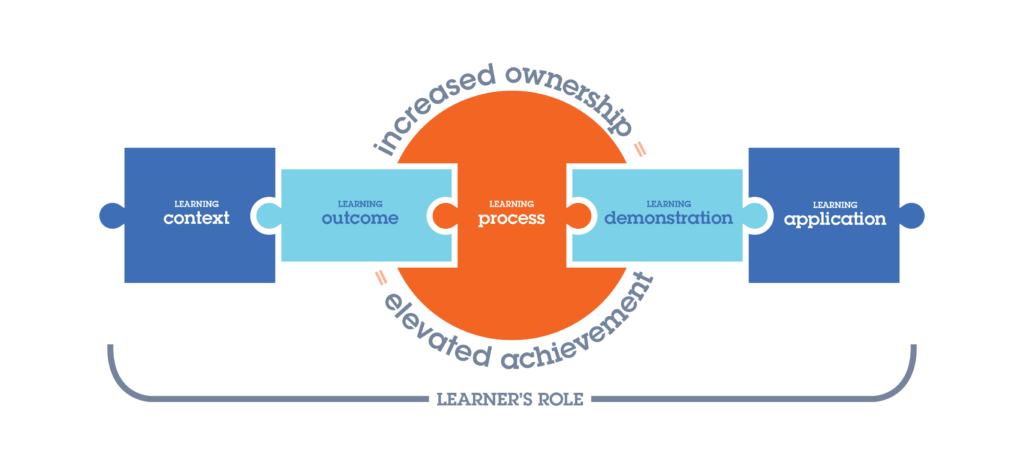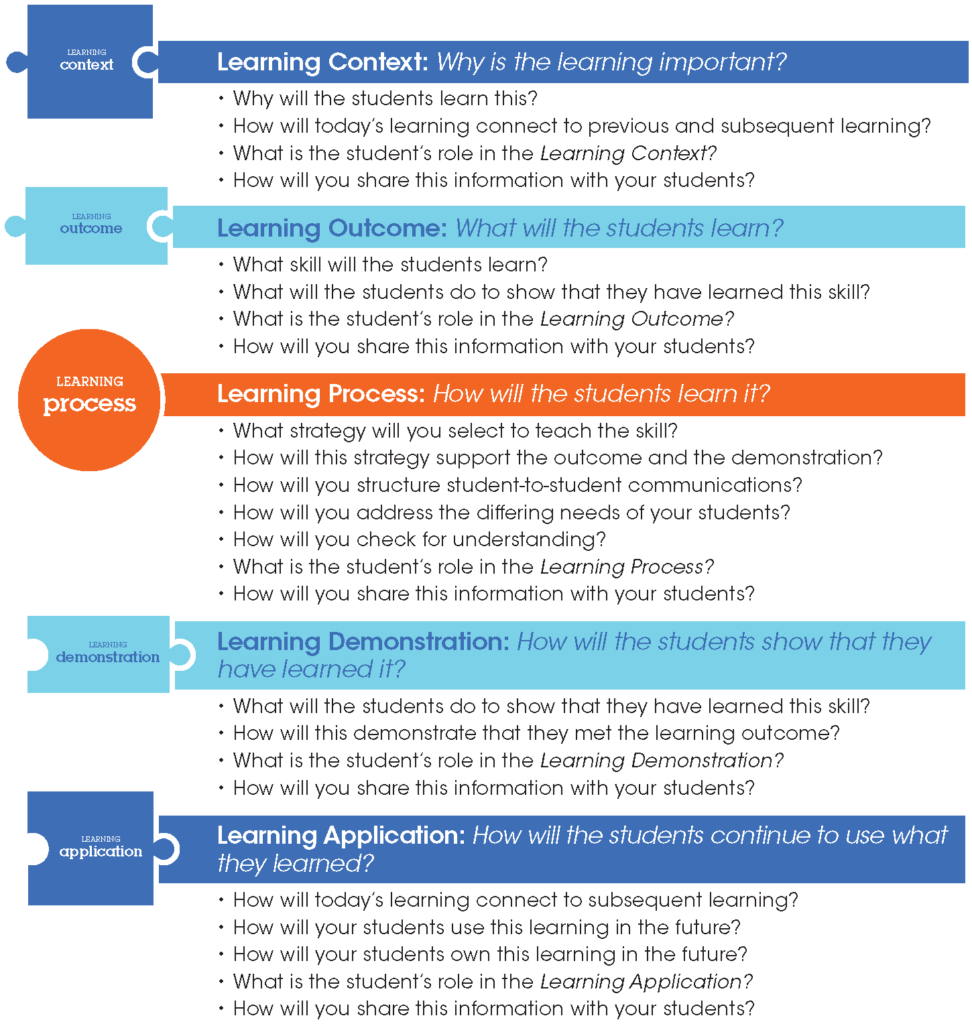Share this article.
Research shows us that students who own their learning are more motivated, and students who are more motivated actually learn more and at a deeper level. But student ownership is almost impossible to develop without teachers. Teachers play a crucial role in empowering students to own their learning. The teacher is the key decision-maker for delegating the authority, capacity, and responsibility of learning to the students. Still, teachers can’t do it alone. They need collaborative support from each other.
Why Collaboration?
Collaboration comes from the Late Latin form collaborare which means “to labor together.” In other words, educators who collaborate are literally co-laboring and it is this shared work that research has shown leads to enhanced teaching skills which, in turn, leads to increased student achievement.
Studies focused on the specific benefits of teacher collaboration show that schools with induction and mentoring programs that emphasized collegial support had lower turnover rates. (McClure, 2019) Another study found positive correlations between teacher collaboration and student achievement.
“Positive effects for teachers were found in improved self-efficacy (cf. Puchner and Taylor, 2006), increased teaching effectiveness (cf. Graham, 2007), and improvement of instructional quality. (cf. Jackson and Bruegmann, 2009; Hochweber et al., 2012).” (Mora-Ruano, Heine, and Gebhardt, 2019)
Additionally, teacher surveys show time and time again how impactful a collaborative environment is on their profession and their students.
All of this goes to show that when teachers engage in a collaborative experience that includes designing a lesson together, observing lesson delivery, and debriefing with affirming and constructive feedback, then insights are gained, skills are refined, and students benefit.
How Students Benefit from Collaboration
Let’s take a look at the impact of teacher collaboration through the lens of a student.
Imagine being a student in a middle school classroom where the teachers all collaborated and intentionally planned together so that instruction from class to class was knitted together with common skills and strategies…
What if, for example, the skills of gathering and citing textual evidence to support an argumentative claim were introduced and taught in an English-language arts class through a literature study and then immediately reinforced and practiced in a Science class during a lab? What if those skills were then carried into a Social Studies class for further practice and application? What if the same instructional strategies were also carried from class to class so they became a routine that students could apply the skills immediately without requiring new instruction on them in each classroom?
If you were to ask a student, “What are you learning?” what would that student say? If that student was benefiting from this type of collaboration, you would probably get a response like this:
“I am learning to gather and cite textual evidence to support claims. Right now, in this class, I am completing my Argument Developer Skill Builder with evidence I got from my primary sources. This Skill Builder helps me organize my reasons and evidence to support my claim. I like that I get to use this same Skill Builder in my other classes. I don’t have to learn a new way to do the same thing and I get extra practice gathering and citing evidence.”
This is an example of a student empowered to own their learning because of teacher collaboration.
A Focused Learning Model that Supports Collaboration
A key to constructive teacher collaboration is having a common understanding, framework, and language when designing, delivering, and reflecting on a lesson. One of the most effective frameworks to use in this endeavor is Elevated Achievement’s Focused Learning Model. The reason why it is so effective is that it is driven by the learner and provides a focused lesson by answering the question—What does a learner need to know in order to better own their learning? The Learning Model is made up of five student-centered phases: setting the Learning Context, stating the Learning Outcome, engaging in the Learning Process, producing the Learning Demonstration, and implementing the Learning Application.
As we said before, teachers that plan together have more opportunities for reflection and intentional decision-making. They can use the following questions as they work to plan and reflect on a lesson using Elevated Achievement’s Learning Model.
Questions to Drive Collaborative Planning
The purpose of these planning questions is to support teachers in reflecting on their own decision-making, in other words, supporting them in articulating, “How will you decide what to do?” The overarching question for each decision is “How did you make that decision?”
Begin your collaborative planning by asking each other:
- What will the students focus on in this lesson?
Then, together, reflect on and plan the phases of the lesson using these questions.
Questions to Drive Reflection
The purpose of a set of reflection questions is to support teachers in assessing the success of a lesson and their own decision-making. This helps them answer, “What did you decide to do?” and, more importantly, “How did you decide that?”
Begin your collaborative reflection by asking each other:
- What were the students learning?
- What did the students do to show that they had learned?
- Was the lesson successful?
Then, together, reflect on the phases of the lesson using these questions.
End your collaborative reflection by asking each other:
- What was the impact of this lesson?
- Were you pleased with the instructional decisions you made?
- What would you replicate in future lessons? What would you do differently?
A Final Word on Collaboration
When teachers collaborate and plan together, the benefits are clear. Collaboration allows them to have strong collegial conversations around student learning of specific skills and strategies. Teachers become better decision-makers by articulating their intentions and thinking before, during, and after the lesson. In turn, their students get immediate practice and application across a variety of content areas. Their time becomes more efficient with the use of shared strategies and routines.
What might the students see as the benefits to them? When asked, imagine getting a response like this:
“I think my teachers work together. I get to use the same things in each class. It makes it easier for me to know what I need to do. I like how I get to practice the same thing lots of times. I never saw before how each class connected to the others. But now it all connects and I am learning more.”
So, get started collaborating and you too will see that impact of teacher collaboration is powerful. Not just for you, but most importantly, for your students.
Continue the Learning
Check out these articles and resources to continue your learning about this topic…
The Learning Brief
In this article you learned…
- That when teachers engage in a collaborative experience that includes designing a lesson together, observing lesson delivery, and debriefing with affirming and constructive reflection, then insights are gained, skills are refined, and students benefit.
- The purpose of collaborative planning and reflection is to support each teacher in designing a student-centered lesson, assessing the success of that lesson, and articulating their own decision-making before, during, and after the lesson.
- Questions to drive collaborative planning and reflection.
Can you imagine building an environment full of motivated, engaged, and eager students who own their learning?
We can.




